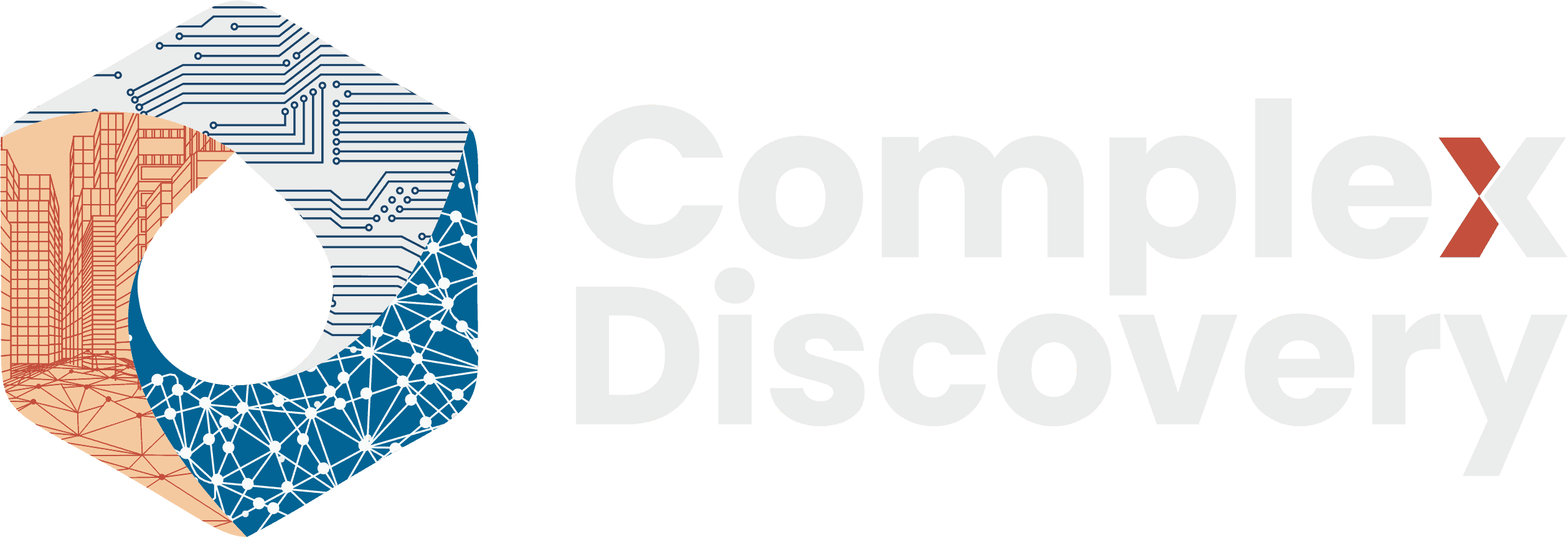Compliance Programs Under the FCPA: Ways to Minimize Liability for Payments to Foreign Officials
After lying in a relatively dormant state for the first quarter-century of its existence, the Foreign Corrupt Practices Act emerged as a statutory late-bloomer. From its inception in 1977 to…





















